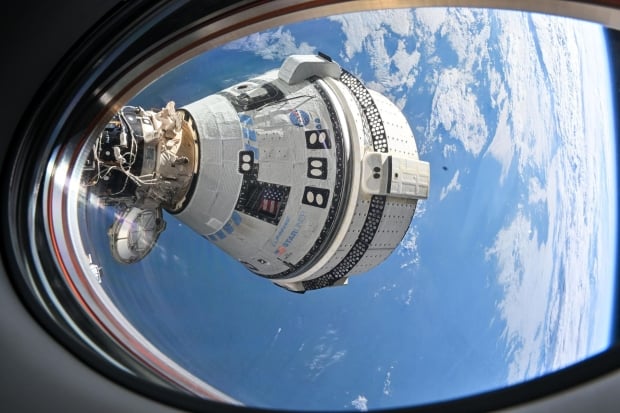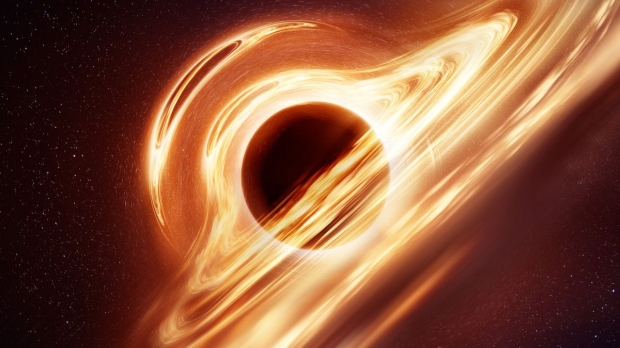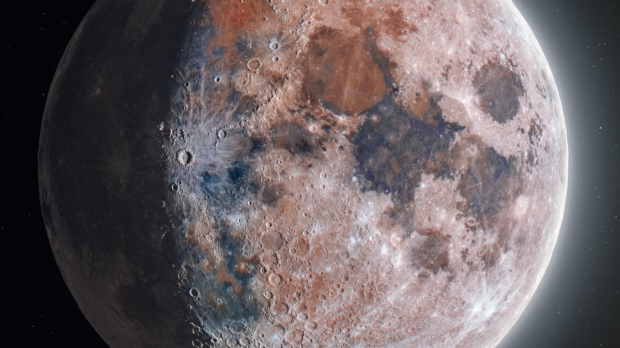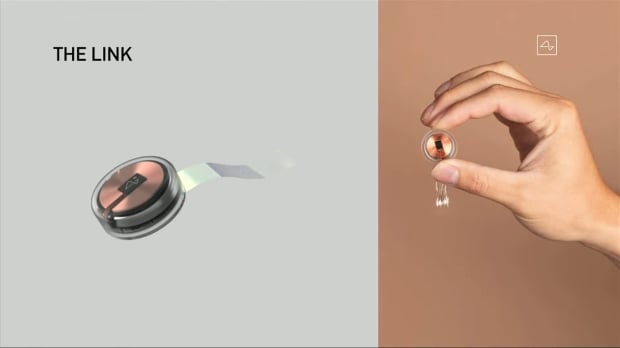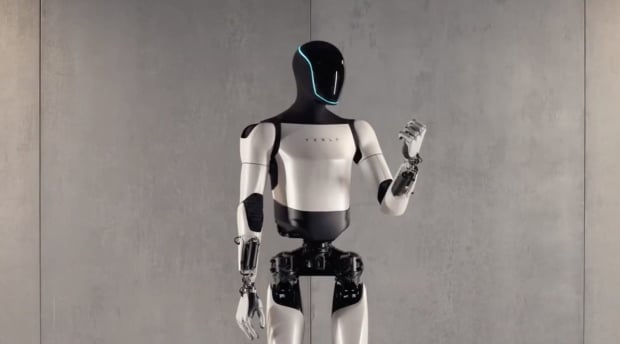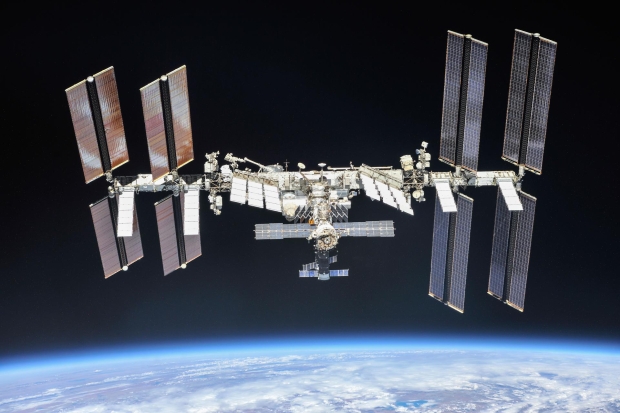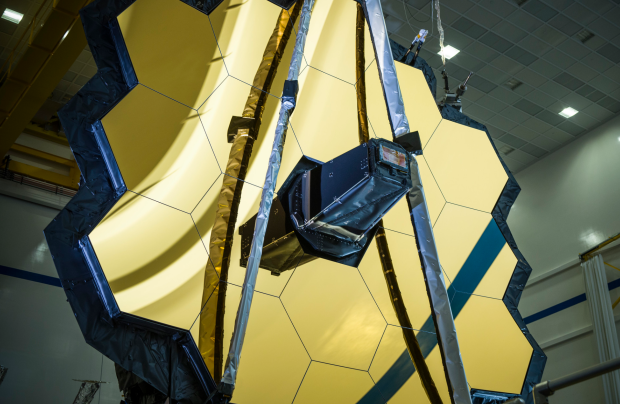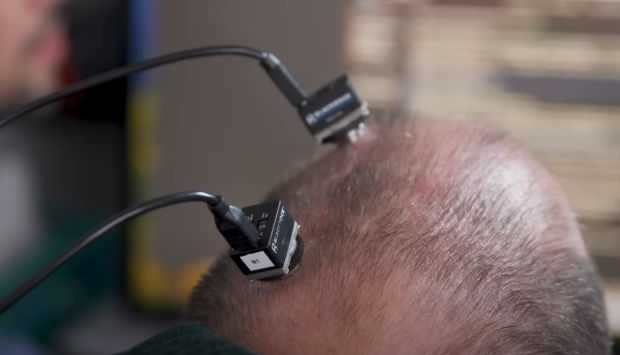Science, Space, Health & Robotics News - Page 1
NASA confirms the fate of the two astronauts Boeing left stranded in space
Boeing's Starliner spacecraft transported two NASA astronauts Butch Wilmore and Suni Williams to the International Space Station (ISS) on June 5 with the goal of returning them a week later. However, that didn't go to plan.
Prior to launch and upon arrival NASA and Boeing detected helium leaks on the Starliner spacecraft. Some leaks were detected before launch but were cleared by both NASA and Boeing, while additional leaks were detected throughout the journey and confirmed upon arrival. Since then NASA and Boeing have been gathering data on the Starliner situation and determining an attack plan to return Wilmore and Williams back to Earth.
After a lengthy analysis period NASA has determined there isn't enough concrete evidence to give the agency enough confidence to sign off on Starliner meeting all of the agency's rigorous safety and performance requirements that are designed to make astronauts as safe as possible during flight. Essentially, Starliner is too broken to fly and isn't a safe transportation method for the NASA astronauts.
Scientists spot a supermassive black hole savoring its very last meal
Researchers have used data acquired by NASA's Chandra X-ray Observatory to detail a supermassive black hole's last meal, and how many times it will snack on it before its completely consumed.
The supermassive black hole was originally discovered in 2018 and is called AT2018fyk, and it has a mass approximately 50 million times more than the Sun. When the supermassive black hole was first discovered researchers noticed a brief spike in the brightness of the system, which when observing black holes typically means the celestial vacuum cleaner has consumed material. The scientists calculated if it was an object orbiting the black hole it would pass by again in August 2023.
The waiting was worth it, as researchers detected the object again on August 13. Researchers determined the object was a star that is orbiting the black hole at a distance that only causes chunks of its material to be torn off and sucked into the black hole. The orbit of the star has put it a bit of a pickle as its too far away to be completely consumed by the black hole (yet), but is still close enough for the extreme gravitational pull of the black hole to tear material off its surface.
Continue reading: Scientists spot a supermassive black hole savoring its very last meal (full post)
Scientists confirm they can now make large quantities of water from lunar soil
Water will be a critical ingredient needed for humans have to prolonged stays on the surface of the moon, and water is quite heavy, which means transporting it will prove by expensive and inefficient. This means researchers need to look to other methods of producing or finding water on the surface of the moon.
A new report from Reuters states lunar soil samples acquired by China's Chang'e-5 mission and delivered to Earth in 2020 marked the first time in 44 years since humans got their hands on samples from Earth's closest neighbor. With these samples, researchers have been performing many forms of testing and analysis, and one team out of the state-run Chinese Academy of Sciences discovered the minerals within the lunar soil samples are rich in hydrogen.
The "brand-new method" involves heating the hydrogen, which then reacts with other elements to produce water vapor. According to the team, one tonne of lunar soil could produce as much as 51 - 76 kg of water, or about a hundred 500ml bottles of drinkable water, or the daily consumption of water by 50 people. The creation of a new method of producing water on the surface of the moon ties directly into China's plans to construct a lunar base by 2035, which will have the goal of permanent human residence.
Scientists create world's fastest microscope capable of capturing electrons in motion
A team of researchers from the University of Arizona have penned a new study detailing the creation of a microscope capable of capturing the speed of a electron.
The new research has been published in the Science Advances journal and details the creation of an attosecond electron microscope, or a microscope that instead of using typical camera sensors that capture visible light use direct beams of electrons that pass through whatever the target object is. Researchers transmit these electrons in pulses and the faster a pulse moves through an object, the greater the resolution. Additionally, camera sensors capture the interaction between the electrons and the target sample.
All of the aforementioned data is used to create the end result images. However, ultrafast electron microscopes work by releasing a train of electrons in at a few attoseconds, which is one quintillionth of a second. It's best to think of each of these electron pulses as frames per second (FPS) in a movie or a video game. Until now, researchers were unable to capture the reaction of the electron when passing through the sample when its between each of the FPS, which restricted the total possible resolution.
Elon Musk's Neuralink second BCI patient plays Counter-Strike 2 on his laptop with his brain
The second patient of Neuralink's new brain-computer interface (BCI) chip otherwise known as a "Link" has been playing Counter-Strike 2 on his laptop using just his thoughts.
Elon Musk's exciting startup had his Neuralink implant (Link) installed last month, with the surgery taking place at the Barrow Neurological Institute, with Alex discharged the following day, and Neuralink saying "his recovery has been smooth".
Tesla hires Optimus robot trainers: pays $48 an hour to wear motion capture suit, VR headset
Tesla is currently hiring people to wear motion-capture suits and VR headsets, to train its Optimus AI robot, and paying up to $48 an hour. Check out the latest on Optimus below, and apply for the job here (you'll need to live near Palo Alto, California).
If you're accepted into the position of a "Data Collection Operator, Tesla Bot" then you'll need to walk a pre-determined test route daily for data collection into Optimus, while wearing a motion capture suit and a VR headset, performing designated movements and actions, based on the project requirements.
NASA shares video of an astronaut biting down on a rare space delicacy
The International Space Station (ISS) is a floating laboratory that is manned by astronauts conducting vital science in microgravity.
At an altitude of approximately 250 miles and a moving speed of 17,500 mph, the ISS completes one orbit of Earth approximately every 93 minutes, which is 15.5 orbits every day. Given its position the ISS is certainly disconnected from many of the pleasures found on Earth's surface, and one of these pleasures is the joyous experience of eating fresh fruit. Up there fresh fruit is considered a delicacy.
However, a Russian cargo spacecraft arrived at the ISS over the weekend and delivered close to three tons of supplies, and included in those supplies was a small amount of fresh fruit. The moment was so monumental that it was captured on video and posted to ISS astronaut Matthew Dominick's X account. The short video showed a piece of an orange being pushed toward Dominick in microgravity, resulting in a floating piece of orange that was consumed mid-air by the astronaut.
Continue reading: NASA shares video of an astronaut biting down on a rare space delicacy (full post)
NASA confirms a 'two-way highway' opened up between Earth and the Sun
In April, Earth was hit by a huge solar storm that caused auroras to light up the night sky as far south as Arizona.
Auroras are caused by solar particles interacting with Earth's magnetic field in the upper atmosphere, and now NASA has revealed some more spectacular than incredible colors that occurred during the event. According to the NASA Sun & Space X account, for a brief period of time, a "two-way highway" formed between the Sun and Earth. This rare anomaly was caused by the Sun's coronal mass ejection (CME), a blast of solar particles traveling slower than waves called Alfvén waves.
Typically, the opposite occurs, but during the April 24 event, NASA's Magnetospheric Multiscale spacecraft recorded the CME traveling slower than the Alfvén waves moving through solar plasma. Bow shocks are shockwaves created when the solar wind blows on a planet's magnetic field, and during the April 24 event, the bow shock temporarily disappeared, causing charged particles to spew back at the Sun for approximately two hours.
Continue reading: NASA confirms a 'two-way highway' opened up between Earth and the Sun (full post)
World's most powerful space telescope measures expansion rate of the universe
A team of researchers have used NASA and the European Space Agency's James Webb Space Telescope, the world's most powerful space telescope, to attempt to uncover the mystery surrounding how fast the universe is expanding.
Scientists have been battling to solve what is widely referred to as the "Hubble tension," which is the conflicting answer between the two methods that can be used to measure the expansion rate of the universe. Observations of distant supernovae suggest a lower rate of expansion, while measurements of cosmic objects closer indicate a higher rate of expansion.
The lack of a unified result causes the "Hubble tension," which refers to the astronomer Edwin Hubble, who discovered distant objects appear to be moving away from Earth faster than closer objects. For example, when measuring the Cosmic Microwave Background, the signature leftover after the Big Bang, astronomers land on a Hubble constant of 67.4 kilometers per second per megaparsec while measuring the brightness of nearby galaxies, the number jumps up to 74 kilometers per second per megaparsec.
Revolutionary brain-chip enables ALS patients to speak again
A team of scientists at the University of California have created a brain-computer interface (BCI) that is capable of restoring a form of speech for a man suffering from amyotrophic lateral sclerosis (ALS), or Lou Gehrig's disease.
The 45-year-old man named Casey Harrel suffers from ALS, which causes a loss of muscle control that can severely impact the clarity of speech. Harrel is now able to communicate his thoughts through the BCI, which converts his brain signals into words that are then "read" by the computer and spoken out loud in real time. Moreover, Harrel's BCI is designed to sound like his own voice before the disease influence how it sounded.
How does it work? The BCI was implanted into the region of the brain that is responsible for speech, and with its 256 electrodes, it is capable of analyzing brain activity sent to that region of the brain and then converting it into readable data for the computer to interpret. More specifically, the BCI converts brain activity into what is called a "phoneme" or a "syllable or the unit of speech."
Continue reading: Revolutionary brain-chip enables ALS patients to speak again (full post)


